‘It’s A Lot Of Triage Every Day’: The role of homeless liaisons in DC schools

When second-grader Relisha Rudd went missing in 2014, the first person to notice was a social worker at Payne Elementary School who works as a homeless liaison.
In addition to highlighting the decrepit and dangerous conditions at D.C. General, the former hospital-turned-family-shelter where Rudd lived, the tragedy of her disappearance also shone a spotlight on the role of homeless liaisons in D.C. Public Schools. These liaisons act as a point person at schools, coordinating between families, the school district, and agencies throughout the city.
Students experiencing homelessness face a unique set of challenges on a day-to-day basis. “They see much higher rates of attendance difficulty. They see higher rates of chronic absenteeism. And they see poorer student outcomes,” Deputy Mayor of Education Paul Kihn tells DCist. Basics like clean clothes and transportation can be difficult when your first priority is determining where you’ll sleep that night.
By Jonquilyn Hill | Read the full article

There was an 800-person discrepancy between annual counts of youth homelessness in DC this year
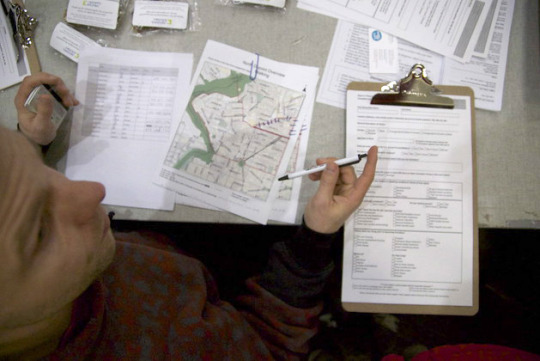
On Jan. 23, the District conducted its annual Point-In-Time (PIT) count, a survey conducted nationwide to give a “snapshot” of residents experiencing homelessness on a single night. According to the Metropolitan Washington Council of Governments’s analysis of that data, 489 of the 6,521 people experiencing homelessness in D.C. were “transition-age youth,” young adults age 18-24.
However, the D.C. Homeless Youth Census, a separate annual count of local homeless youth that was conducted only four months prior, found there were 1,328 transition-age youth experiencing homelessness in the District. Other than a small window of time, what separated these surveys was the time taken to complete them and the criteria used to determine who was counted as homeless and who was not.
By Gabrielle Wanneh | Read the full article

What’s the latest with all the shelters meant to replace D.C. general?
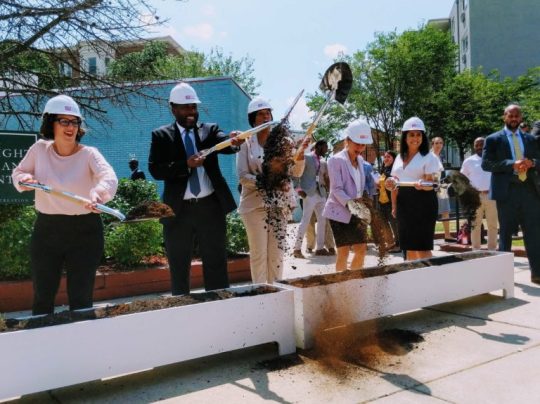
It’s been almost a year since the city closed down D.C. General, a dilapidated former hospital being used as a family homeless shelter.
Bowser laid out a plan for closing the facility in 2016 that involved building a series of six new, smaller family shelters that would be staffed by non-profit agencies serving as contractors for the city. The D.C. Council reconfigured the original plan to ensure that all the sites were on city-owned land, rather than leased from developers. Administration officials said at the time that it would push the timeline for completion to the end of 2019.
But even as construction on those shelters lagged further due to neighborhood opposition and other problems, Bowser’s timeline remained firm: she planned to close the shelter in fall 2018, and close it she did. Her administration even started deconstruction and demolition of parts of the shelter while families were still living there, which advocates protested.
A year later, here’s where all the planned shelters stand:
By Natalie Delgadillo | Read the full article

Five service providers joined forces to give resources and life coaching to low-income families in Adams Morgan

As the Adams Morgan neighborhood in Northwest D.C. has continued to gain new development and lose diversity, a number of service organizations have established themselves in the area to serve low-income residents and mitigate the effects of gentrification. Despite their presence, many families lack the resources to find what services are available. Recognizing this disconnect, five local organizations joined together to promote economic stability and social mobility.
Their initiative, dubbed Platform of Hope, launched in 2018 and specializes in helping families navigate the web of service providers in the D.C. area. The program is nine months into its pilot phase and plans to begin working with its second cohort of families in September.
By Maia Brown | Read the full article

Can the mayor deliver on her call for equitable distribution of 12,000 new affordable housing units by 2025?
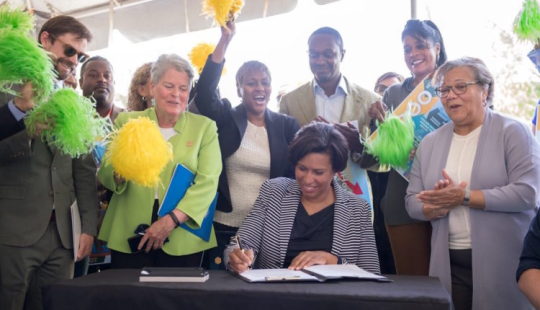
Some residents west of Rock Creek Park have similarly objected to large-scale development projects in their neighborhoods, yet many residents in the eastern part of the city don’t want affordable units to be built exclusively in their neighborhoods.
Bowser will have to navigate this dichotomy as her administration hones its plans to build 36,000 new housing units by 2025 — including 12,000 set aside to be affordable — to accommodate the District’s growing population. In May, Bowser called for an “equitable distribution” of these new affordable units, noting the lack of affordable options west of Rock Creek Park.
“The mayor took this approach — and I actually give her a lot of credit for it — with the family homeless shelters that were put in all eight wards of the city,” said Patrick Kennedy.
By James Marshall | Read the full article

Housing program for homeless LGBTQ+ youth to open a brand new 14-bed house
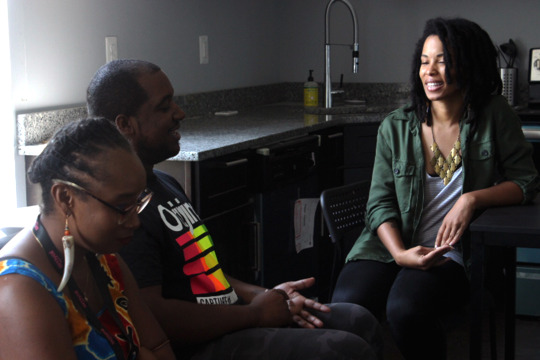
In January 2017, the local nonprofit SMYAL (Supporting and Mentoring Youth Advocates and Leaders) launched its signature youth house, a 2-year, 12-bed transitional living program for homeless LGBTQ+ youth in the D. C. metropolitan area. SMYAL had already been providing services in education, health, and advocacy work since 1984, but wanted to expand their reach to offer a tangible housing solution.
Since then, seven people have graduated from the housing program and moved on to sustainable independence, and the organization is looking forward to extending that opportunity to more youth once the new house opens its doors.
This July, the organization received a contract to create a second house, which is set to open its doors before the summer ends.
By Gabrielle Wanneh | Read the full article

The many ways that leftover food turns into meals for D.C.’s homeless community

It isn’t just the way homelessness organizations in the District serve meals that make them special: The journey of all the ingredients that go into the dishes is unique, too, often starting with recovering food that would otherwise be wasted.
According to the Food and Agriculture Organization of the United Nations, about one-third of all food in the world goes uneaten. And in the District, about one in nine families will experience food insecurity.
The path connecting D.C.’s would-be-wasted food to shelters and other organizations is often complex, multi-sourced—and sometimes even underground.
By Chelsea Cirruzzo | Read the full article

What’s next for the city’s plan to end homelessness?
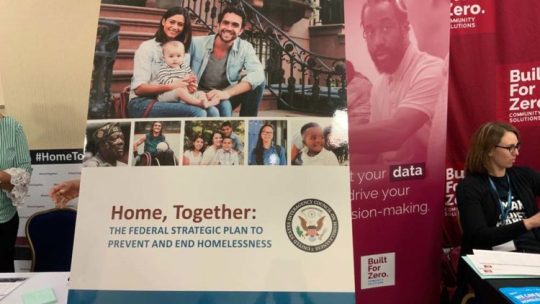
The five years of work encompassed by the “Homeward D.C.” strategic plan Mayor Bowser commissioned to make homelessness in the District “rare, brief and non-recurring” in the District are coming to a close. The D.C. Interagency Council on Homelessness is now working to develop a second phase of the plan.
One working group is focusing on the need to expand the dialogue on racial equity, which was not explicitly considered in the initial Homeward D.C. plan. Along with training, education, and public awareness, the group called for policy-oriented initiatives to combat NIMBYism and laws that have adverse impacts on communities of color and low-income residents.
By Brianna Bilter | Read the full article

COMMENTARY: Is Mayor Bowser winning in the affordable housing fight?
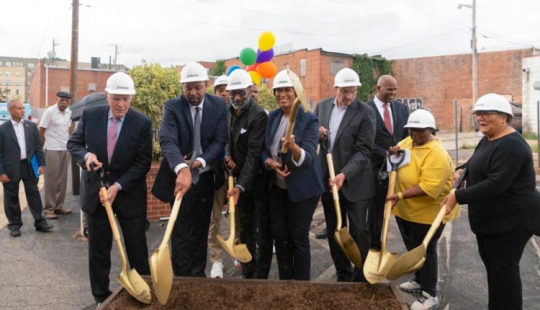
Earlier this year, Mayor Muriel Bowser snatched money from the city’s contingency reserve fund. By June 30, the account was down from $279.7 million to $194.7 million, according to a report released by the Office of the Chief Financial Officer.
The mayor spent $13.6 million for the Kids Ride Free program; its budget has ballooned from $9.4 million to $22.9 million in fiscal year 2019. She paid $1.7 million for a summer youth program in wards 7 and 8 and $5.2 million to complete demolition of DC General Hospital, which had served as a shelter for homeless families. Bowser took another $94.3 million for an advance to charter schools. In some instances, the money has already been repaid as a result of the approval of a revised 2019 budget and the submission of the 2020 budget to Congress, said a CFO spokesperson, adding the rest will be returned to the contingency fund from the expected surplus for fiscal year 2019.
Most curious, Bowser withdrew $7.2 million for an “affordable rental housing project” at 3500 East Capitol St. SE. Why would she pull money from the reserve account when $100 million was allocated for the city’s Housing Production Trust Fund (HPTF) in fiscal year 2019? Shouldn’t that be enough?
By Jonetta Rose Barras | Read the full article

Complicating The Issue: Is regional collaboration a realistic way to address homelessness?
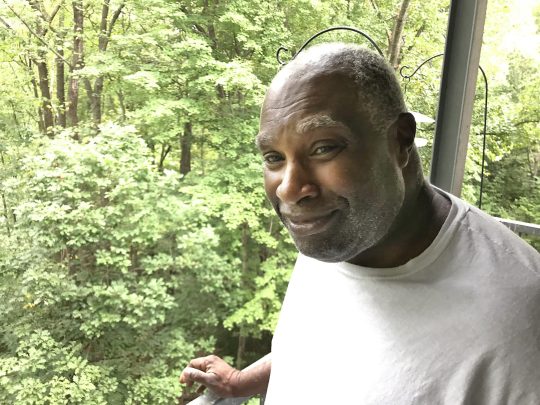
Wendell Williams is not just a fifth-generation son of Washington, D.C. He’s a Washingtonian with ties to Virginia and Maryland who has left and come back more than once and had at least one lifetime of experiences.
So when Williams is asked to shed light on the challenges of providing services and housing to homeless persons in a region with numerous counties and two neighboring states with porous borders, do not expect a conventional response.
The concept of “regional collaboration,” as it is applied to what social services providers say is necessary to cure seemingly intractable problems, is mostly pie-in-the-sky bullshit, Williams says; just another numbers game that misses the point of addressing what causes people to become homeless in the first place.
By Jeffery Anderson | Read the full article

We still know almost nothing about a crash that killed two people on a downtown park bench
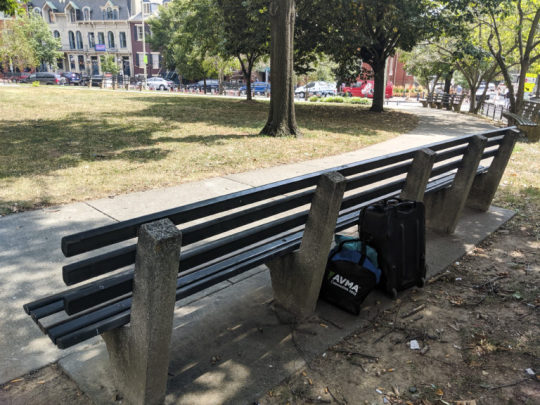
Stanley Rowe is no stranger to the perils of sleeping outside in Washington. He’s done it countless times since he was evicted from his Deanwood apartment six years ago.
Like many people experiencing homelessness in the District, Rowe prefers sleeping outdoors during the warmer months of the year over staying in a shelter. And one of his preferred spots to find some shut-eye is downtown, where well-lit streets and a heavy police presence offer something of a sense of safety.
So on a recent Friday afternoon, as he sat in James Monroe Park near the World Bank’s headquarters, the 61-year-old couldn’t help but wonder how anyone could have died on a bench right across the street, just a few weeks earlier.
By Gaspard Le Dem | Read the full article

COMMENTARY: Responses To NoMa Businesses Calling For Purge Of Homeless
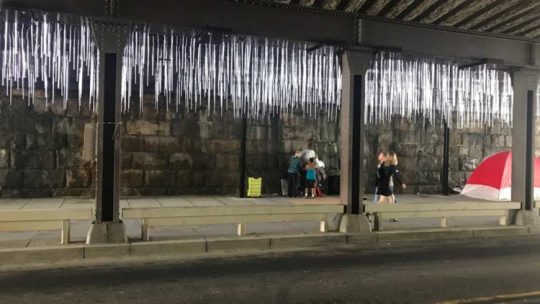
The NoMa Business Improvement District said in an “open letter” on its website that “conditions are worsening at the encampments in the underpasses and on First Street NE, and that people are worried about their ability to safely traverse these public spaces.”
Two Street Sense Media vendors and three local service provider and advocacy organizations respond.
Read the package of opinion essays.
By Wendell Williams
By Aida Peery
By Miriam’s Kitchen, HIPS, and Everyone Home DC

The economy’s good, so why are food banks still struggling to meet the demand?
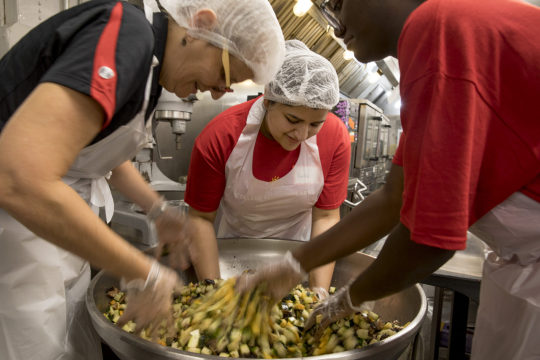
The Washington region is served by a tapestry of food assistance services. Collectively, food banks, food pantries, churches and other nonprofits are working to feed the area’s 540,000 residents who have trouble putting food on the table. The incidence of food insecurity in the District is almost twice as high in homes with children as those without.
And though the food is donated and the agencies are helped by volunteers, they sometimes find themselves in competition for limited government funding needed to stay afloat.
By Sasha-Ann Simons | Read the full article

For kids experiencing homelessness, back-to-school can mark a return to stability

While Playtime distributed 300 backpacks in August, homeless advocates know they’re barely scratching the surface for the almost 6,000 students experiencing homelessness heading back to school in D.C.—a number that has risen starkly over the last half-decade, despite the city claiming a nearly 24 percent drop in family homelessness since 2015.
In 2019 there were 5,593 homeless students in the District, up from about 3,000 students five years earlier. Under federal law, students are not only considered homeless if they are living on the streets or in shelters, but also if they lack permanent housing more generally. Tierra Washington, the Homeless Children and Youth Program Specialist for D.C. Public Schools, says the increase in student homelessness is partly driven by the city’s lack of affordable housing and jobs that pay a living wage, as well as D.C.’s status as a sanctuary city—which means families who may be fleeing natural disasters or other dangerous circumstances are welcome.
By Rachel M. Cohen | Read the full article

Man previously experiencing homelessness found safety, comfort on campus
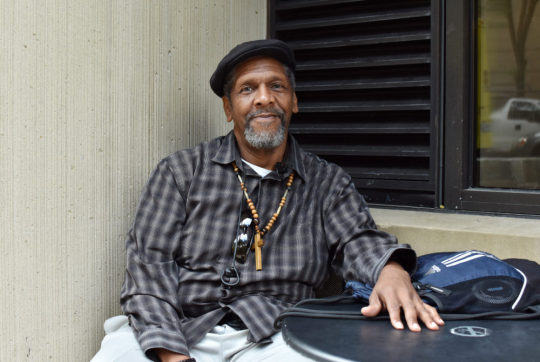
Martin spent nights trying to sleep outside of the park next to the GW Hospital but couldn’t get much more than a few hours of rest on the benches. But GW’s campus was where Martin said he formed friendships and found safety until ultimately finding a permanent home again in Adams Morgan, he said.
“GW, well it may not have provided me necessarily with services that I wanted, it provided me with the services I needed,” he said.
By Lia DeGroot | Read the full article
(Avi Bajpai contributed reporting)

For more than a year, DC has experimented with giving rental subsidy recipients control over their spending. It’s working.
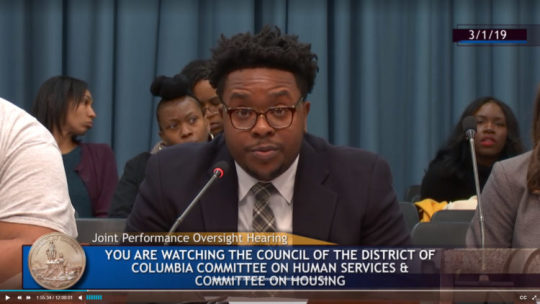
The Briscoe family was one of 125 families recruited for the pilot program. Launched in September of 2017, D.C. Flex was developed by the D.C. Department of Human Services and Capital Area Asset Builders as an individualized housing assistance strategy. The program provides families living in apartments in the District with a subsidy that can be used to assist with rental payments or other household needs.
The goal of this type of program is to provide families a sense of self-sufficiency and allow them to adapt their assistance to their specific needs. While short-term emergency assistance programs are able to stabilize families quickly, they aren’t structured to provide security in the long-term. On the other hand, programs with a longer subsidy period often have fixed payments regardless of whether a family’s needs change.
By Maia Brown | Read the full article

Housing Program for Chronic Disease Patients Keeps HIV in Check. But Not Rent.
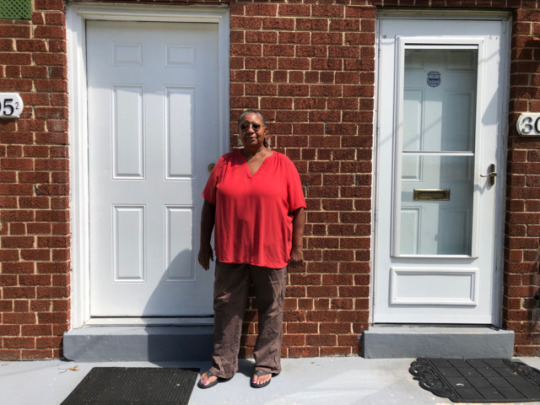
Ten years ago an internist named Veronica Jenkins listened to multiple patients explain to her that they could not adhere to their HIV medication routine because they were struggling to gain stable housing. “Something about that just didn’t add up,” reflects Dr. Jenkins.
Shortly thereafter she founded Homes for Hope, a housing program for people with HIV and other chronic illnesses that has been been providing stability, support, and protection for some of D.C.’s most vulnerable residents for the last decade.
By Candace Y.A. Montague | Read the full article

Pencils, paper, a pillar: What D.C.’s homeless youth need to succeed in school
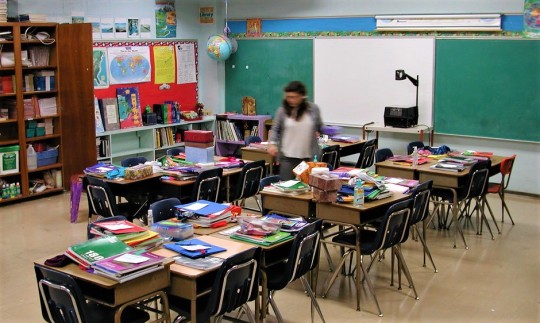
About 6% of K-12 students in D.C. are homeless or housing-insecure — that’s almost double the students District officials counted in 2014.
Homelessness doesn’t just affect where students lie down and go to sleep at the end of the school day; homelessness can impact their academic performance, health, and social life.
D.C. schools offer help in the form of subsidized materials, transportation assistance, and more. But identifying the students who need help can be an obstacle.
Produced by Maura Currie | Listen here, live at 12:06 p.m.

DC residents launch a city-wide tenant union in hopes to foster solidarity across the District
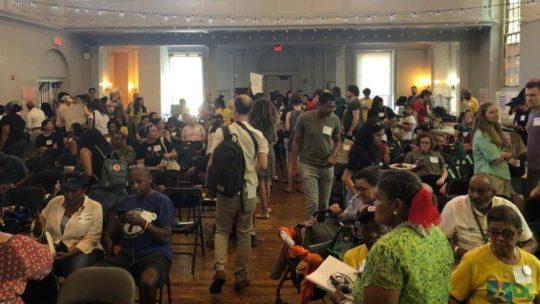
Loud chants in Amharic, Spanish, and English filled the All Souls Unitarian church gymnasium on a Saturday afternoon in July. “Slumlords, you can’t hide! We can see your greedy side!” reverberated throughout the room, sustained by hundreds of renters from across the District.
The event was organized by the Latino Economic Development Center, a nonprofit that aims to promote financial stability for small business owners and renters by providing small business loans and credit building, as well as preserving housing affordability through tenant organizing.
By Meena Morar | Read the full article

‘If I can do it, so can you’: At D.C. libraries, the formerly homeless help those currently struggling
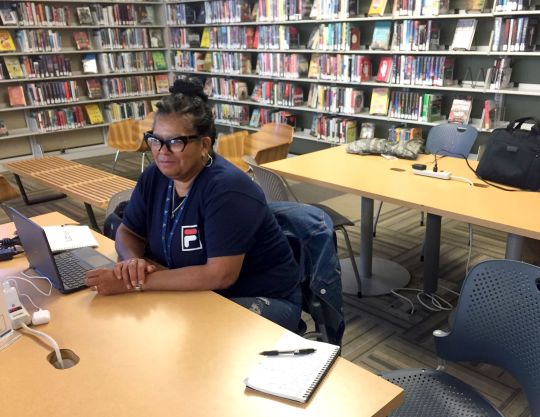
Libraries in D.C. have long served homeless residents. Visiting the Martin Luther King Jr. Library downtown was a routine for so many homeless residents that its closure for renovations in 2017 left hundreds of regular visitors adrift.
In 2014, the D.C. Public Library system hired Jean Badalamenti as assistant manager of health and human services to help the city’s 25 libraries better serve as a resource for the city’s roughly 6,500 homeless residents.
Early last year, she pulled three “peer specialists,” from D.C.’s Department of Behavioral Health. The agency since 2004 has assembled a network of people certified to apply their experience with homelessness, substance abuse and other challenges to help people in similar circumstances.
By Mark Lieberman | Read the full article




